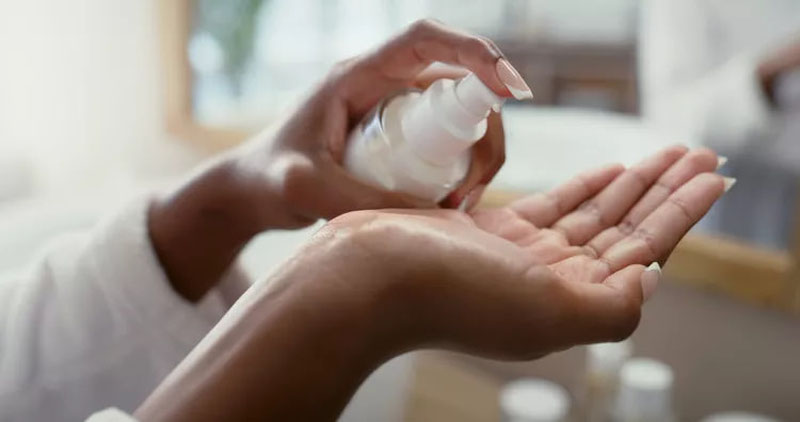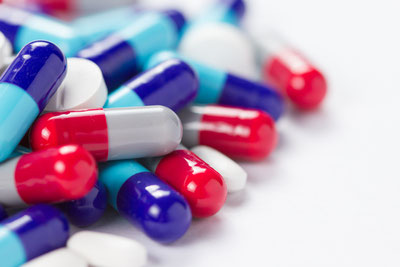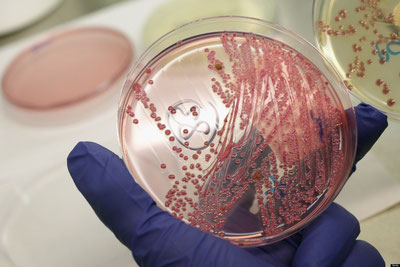Scientists have discovered the presence of formaldehyde in shampoo, soap, lotion, and other personal care products through new research.
Formaldehyde — is a chemical added to extend the shelf life of these products and increases the risk of asthma and certain types of cancer.
A small study conducted in Los Angeles found that more than half of the African American and Latino women living in the city use personal care products containing formaldehyde or its substitutes daily.
Formaldehyde is added to hygiene products such as shampoo, lotion, and face creams that are used daily.
Formaldehyde — is a colorless and odorless gas that also naturally occurs during metabolic processes in humans and plants. However, it is used as a preservative in various products, including construction materials, paints, plastics, and cosmetics.
The European Union has banned the use of formaldehyde and chemicals that release formaldehyde in cosmetics, but in the US, especially outside the states of California and Maryland, the use of these substances is allowed.
Formaldehyde can enter the body through various means - air, water, food, and skin. This substance can burn the mucous membranes of the lungs and eyes, causing difficulty in breathing. Scientific studies have shown that long-term exposure to this substance can increase the risk of asthma and lead to various cancers such as nasal tissue cancer and myeloid leukemia. In 2011, the National Toxicology Program, part of the US Department of Health and Human Services, recognized formaldehyde as a substance known to cause cancer in humans.
In the Los Angeles study, guidelines conducted in 2021 examined the composition of over 1,100 products used by 70 African American and Latino women over a week. Among them, 35 potentially harmful substances were identified, including formaldehyde or preservatives. On average, 4% of the products used by each woman were found to contain these substances, but 53% of the women had used at least one product containing formaldehyde.
Lotions, face creams, and soaps were found to be categories most containing formaldehyde. For example, 20 percent of lotions used a formaldehyde-releasing preservative, twelve of which belonged to the Bath & Body Works brand. Participants used these lotions a total of 76 times in five days.
In medicine and cosmetics, other preservatives such as parabens are also used, which can be harmful to health. However, according to the Environmental Working Group, three conservants, propylene glycol, caprylyl glycol, and sorbitan caprylate, are considered relatively safe.
Experts advise consumers to carefully read the list of ingredients on product packages and check the names of formaldehyde-releasing preservatives. Additionally, it is mentioned that it is possible to scan products for safe alternatives using mobile applications such as Detox Me, Clearya, or the Environmental Working Group’s Healthy Living.
Abdulloh Sayyid






